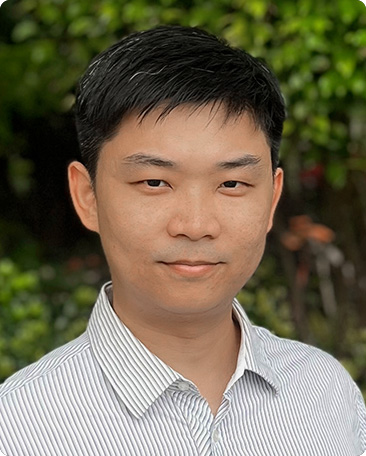
Tianshuo Leo Zhao
Academic title: Assistant Professor, Department of Electrical and Electronic Engineering
HKU address: Room 607, Chow Yei Ching Building, Department of Electrical & Electronic Engineering, The University of Hong Kong Pokfulam Road, Hong Kong
Tel: +852 39178491
HKU lab webpage link: https://www.eee.hku.hk/~tszhao/
CV link: https://www.eee.hku.hk/people/tszhao/
Google Scholar: https://scholar.google.com/citations?user=p32dUUkAAAAJ&hl=en
Education
09/2007-07/2011 B. E. Tsinghua University, China
09/2011-12/2012 M. S. University of Pennsylvania, U.S.A
09/2013-03/2019 Ph. D. University of Pennsylvania, U.S.A
Employment
03/2019-03/2021 Postdoctoral Associate Yale University, USA
03/2021-08/2022 Postdoctoral Researcher University of Pennsylvania, USA
2022- Assistant Professor University of Hong Kong
Research Description
To meet the demand of emerging technologies, such as internet of things (IoT), high-speed wireless communication, and artificial photosynthesis, materials with controllable physical properties and compatible fabrication methods for low-cost, large-area and flexible device applications are required. Our research is based on chemically synthesized colloidal nanomaterials, whose material properties are highly tunable, and their dispersions can assemble into thin films through solution-based fabrication techniques. Our research goal is to integrate colloidal nanomaterials into multi-scale and multi-functional devices and specifically enhance the device efficiency, stability, and manufacturing scalability. Our ongoing research directions include: 1) advanced 3D manufacturing of colloidal nanomaterials, 2) nanodevices for IR/terahertz sensing, communication, and computing, 3) photo(electro)chemical devices for biochemical sensing and solar energy conversion.
Selected Publications
1. Zhao, T.;* Zhao, Q.;* Lee, J.; Yang, S.; Wang, H.; Chuang, M.Y.; He, Y.; Thompson, S.M.; Liu, G.; Oh, N.; Murray, C.B.; Kagan, C.R. Engineering the Surface Chemistry of Colloidal InP Quantum Dots for Charge Transport. Chemistry of Materials. 2022, 34 (18), 8306–8315.
2. Yanagi, R.;* Zhao, T.;* Solanki, D.; Pan, Z.; Hu, S.; Charge Separation in Photocatalysts: Mechanisms, Physical Parameters and Design Principles. ACS Energy Lett. 2022, 7, 432–452.
3. Zhao, T.; Basu, A.; Ramasamy, K.; Makarov N.; McDaniel H.; Kagan, C.R. Heavy-Metal-Free Quantum Dot-Based Flexible Electronics. Information Display. 2021, 37 (6), 24–32.
4. Zhao, T.; Yanagi, R.; Xu, Y.; He Y.; Song Y.; Yang M.; Hu, S.; A Coating Strategy to Achieve Effective Local Charge Separation for Photocatalytic Coevolution. Proc. Natl. Acad. Sci. U. S. A. 2021, 118 (7), 2023552118. [1/7]
5. Zhao, T.;* Oh, N.;* Jishkariani, D.; Zhang, M.; Wang, H.; Li, N.; Lee, J. D.; Zeng, C.; Muduli, M.; Choi, H.-J.; Su, D.; Murray C.B.; Kagan, C.R. General Synthetic Route to High-Quality Colloidal III–V Semiconductor Quantum Dots Based on Pnictogen Chlorides. J. Am. Chem. Soc. 2019, 141 (38), 15145–15152.
6. Zhao, Q.*; Zhao, T.*; Guo, J.; Chen, W.; Zhang, M.; Kagan, C.R. The Effect of Dielectric Environment on Doping Efficiency in Colloidal PbSe Nanostructures. ACS Nano, 2018, 12, 1313−1320.
7. Zhao, T.; Goodwin, E. D.; Guo, J.; Wang, H.; Diroll, B. T.; Murray, C. B.; Kagan, C. R. Advanced Architecture for Colloidal PbS Quantum Dot Solar Cells Exploiting a CdSe Quantum Dot Buffer Layer. ACS Nano. 2016, 10, 9267–9273.
Full publication list link:
https://scholar.google.com/citations?user=p32dUUkAAAAJ&hl=en





